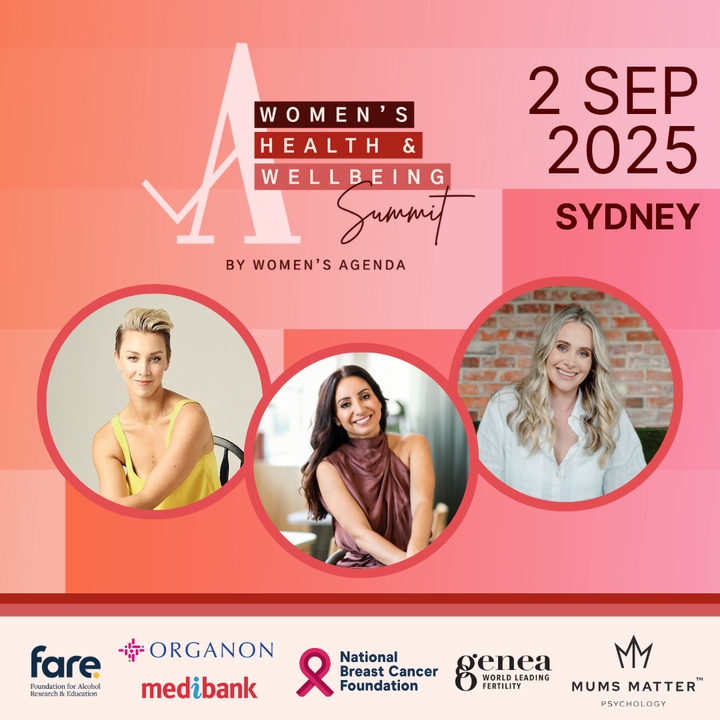Women’s representation in Australian parliaments (or the lack of it) has been topical over the last week or so, since the ALP announced it is setting a target of 50% female MPs by 2025.
I was openly exasperated by the target, not because I think we shouldn’t have a 50/50 gender split, but because I don’t think we should have to wait 10 years for it.
What’s even more exasperating is how close the ALP already is to equal representation. The softly softly approach is just not necessary. Why not stand up and be proud of the fact that 44% of the ALP MPs and Senators are women? It is something to be proud of when you consider what’s happening on the conservative side of politics.
Which, by the way, is pretty dire.
In what will be news to absolutely no-one, 22% of the Liberal Party and 15% the Nationals MPs and Senators are women.
I don’t know, perhaps this means that Liberal women are less than a quarter as likely to have merit as Liberal men?
Labor is on 44% and the Greens 64%.
What is interesting though, is when you look at what women are doing once they get into parliament.
There are a number of power positions across both houses. For the party in government the Ministry is the obvious one, but Assistant Ministers, Parliamentary Secretaries, Shadow Ministers, Whips and Party leadership positions also confer power upon their incumbent.
Looking at percentage of women in power positions, it’s immediately noticeable that it tallies closely to the percentage of women in the party.
None of these power positions are subject to quotas.
(Data was compiled from information on the APH Website and the ALP Shadow Ministry list, I’ve excluded parties where the numbers were too small for percentages to be sensible or useful, but they were included in the All Parties data.)
What this proves is that if political parties give women equal opportunity to get into parliament, they can earn their positions from there.
If the ALP were to lift its female representation by a measly 6% at the next election it could achieve equal representation within one year, not ten.
The Coalition, on the other hand, has a ways to go.
They might make it in ten years.
Might.
One final observation: the stand out feature of the MP’s and Senators names and photos list was the overwhelming number of Anglo-Saxon names and white faces. Equal representation is not just about gender, it’s also about race, sexual orientation, cultural affiliation, disability status and religion.
An almost entirely white, overwhelmingly male parliament is just not even close to representing modern Australia. The ALP and the Greens are at least moving towards real representation, but the Coalition is refusing to even start to address this issue, which might explain why they’re getting worse, not better.
This is going to increasingly be a problem for them, whether they realise that or not. It will be interesting to see if they are able to adjust to the new pressures and how that adjustment (or lack of it) affects them in the next election.



